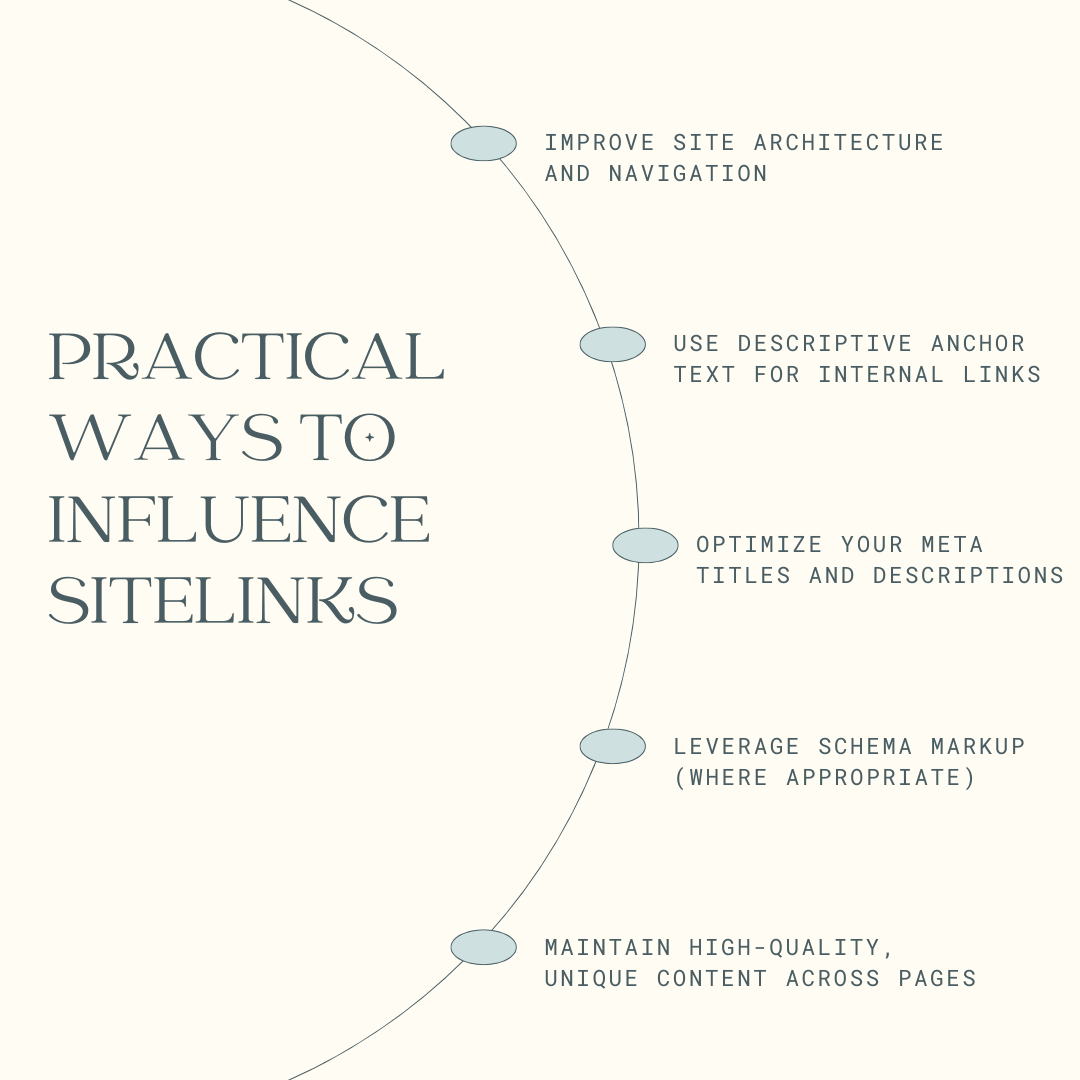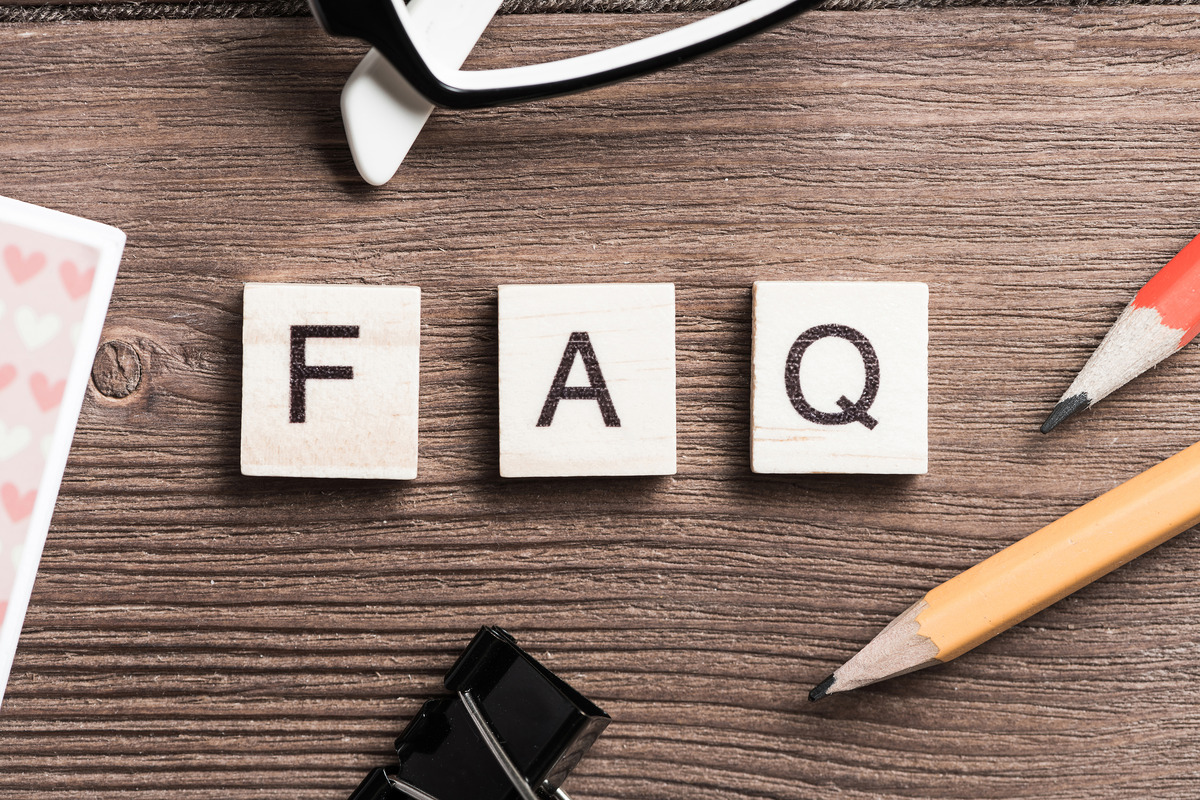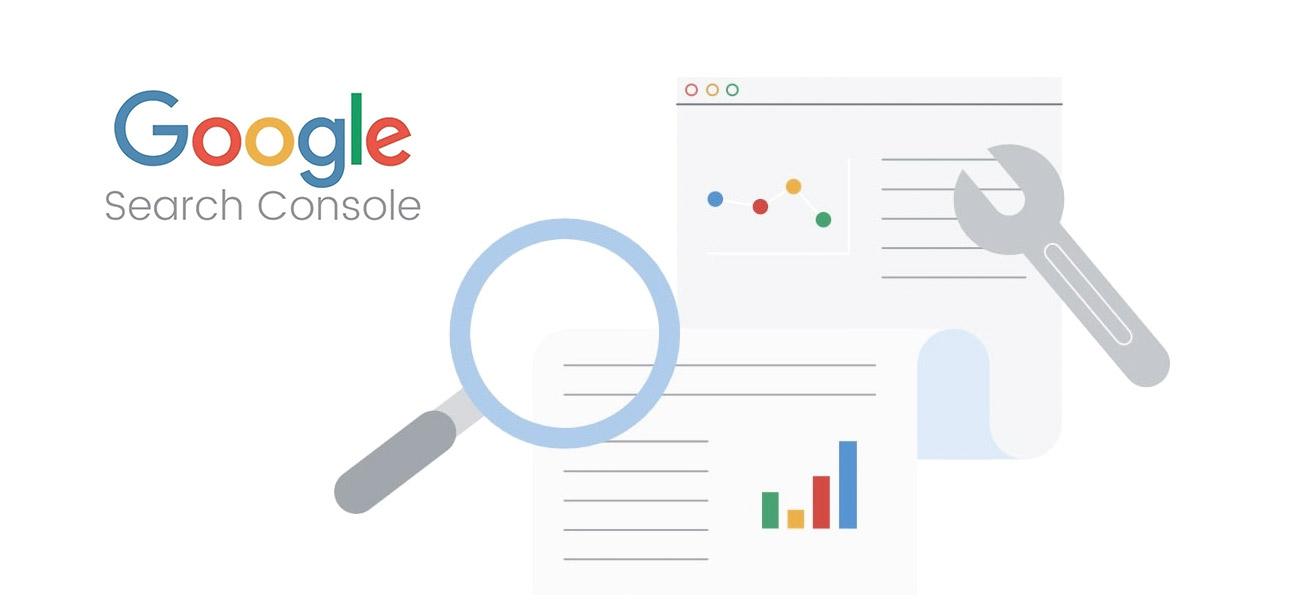Table of Contents
- What Are Google Sitelinks and Why Do They Matter?
- The Role of Sitelinks in Search Results
- Can You Truly Change Sitelinks in Google Direct Search?
- How Google Decides Which Links Become Sitelinks
- Practical Ways to Influence Sitelinks
- 5 Common Questions (and Their Answers) About Changing Sitelinks
- Common Pitfalls and Mistakes in Trying to Control Sitelinks
- Monitoring and Measuring the Impact of Sitelinks
- Conclusion: You Can’t Directly Control Sitelinks, but You Can Influence Them
- Call to Action: Grow Your Online Presence with Excell
What Are Google Sitelinks and Why Do They Matter?
Google Sitelinks are additional navigation links that appear under certain website listings in Google search results. These links often show up when someone conducts a branded search, such as typing your business or website name directly into Google. The search engine algorithm, when it recognizes your website as authoritative or relevant for the query, may display notable subsections of your site as site links.

- Increased Visibility: Sitelinks take up more real estate in search results, making your listing more prominent.
- Improved Navigation for Users: Users can directly jump to the section of your site they’re most interested in.
- Enhanced Credibility: Seeing organized site links can give the impression that your site is well-structured and reputable.
The Role of Sitelinks in Search Results
- User Trust: A site with well-defined site links can appear more professional, prompting users to trust your brand.
- Higher CTR: The additional links within the search result often encourage clicks, boosting organic traffic.
- Brand Dominance: For brand queries, having site links can help your listing stand out against competitor or aggregator websites.
Can You Truly Change Sitelinks in Google Direct Search?
- Site Structure: The organization and hierarchy of your content.
- Internal Link Signals: How you internally link content can suggest importance.
- Popularity & Relevance: Pages receiving substantial traffic or strong user engagement may be prioritized.
How Google Decides Which Links Become Sitelinks
1. Content Quality and Relevance
- Well-structured pages that contain relevant content and provide a positive user experience are more likely to be chosen.
- If your navigation is straightforward and well-labeled, Google can more easily interpret which pages are essential.
- Internal links that point to a particular page send a strong signal that the page is valuable or central to the site.
- Pages with higher click-through rates from search results or longer time-on-page rank better for relevant queries.
- While meta descriptions and title tags don’t guarantee specific site links, they can help Google better understand your content.
- Properly structured sitemaps and relevant schema markup can guide Google more effectively during crawling.
Practical Ways to Influence Sitelinks
Because there is no direct “edit site links” function, your best path to achieving your ideal site links is to refine your site for optimal clarity and user experience. Below are the key strategies you can implement.

- Use a Hierarchical Structure: Arrange your content in a layered or category-based hierarchy, ensuring each primary category has well-defined subcategories.
- Keep Your Navigation Menu Intuitive: Use clear, concise labels for your site’s primary sections (e.g., “Home,” “Services,” “Products,” “Blog,” “Contact”).
- Group Related Content: If you have subtopics, group them logically under parent categories or sections.
- Example: If you’re linking to a page that discusses “SEO Services,” your anchor text should be “SEO Services,” not “click here.”
- Be Consistent: Consistency in anchor text signals to Google the definitive name or concept of the target page.
- Title Tags: Keep them descriptive and relevant to the content of the page.
- Meta Descriptions: Summarize the page content compellingly.
- Avoid Keyword Stuffing. Overusing keywords in titles or descriptions can look spammy and, in extreme cases, lead to penalization.
- Breadcrumb Schema: Tells Google about your site’s breadcrumb navigation, which can reinforce a logical site structure.
- Organization Schema: Communicates brand details, logo, contact information, and more.
- The article, Blog, or Product Schema: This helps Google better understand different content types on your site.
- Target Specific Keywords: Each page should be built around a specific set of related keywords or topics.
- Engage Readers: To keep visitors on the page longer, include visuals, bullet points, subheadings, and engaging copy.
- Be Clear and Comprehensive: Thoroughly address a topic so that the page is valuable to users and signals expertise.
5 Common Questions (and Their Answers) About Changing Sitelinks
In this section, we tackle five frequently asked questions about changing site links in Google Direct search. These queries commonly appear among site owners trying to optimize their online presence.

Common Pitfalls and Mistakes in Trying to Control Sitelinks
Keyword-Stuffing Titles and Menus
- Overstuffing keywords in page titles or navigation menus in an attempt to get a specific page to rank for a particular term is more likely to get your site flagged as spammy than to earn you the desired site links.
- While internal linking can boost a page’s importance, overdoing it (i.e., link spamming) can confuse users and appear manipulative to Google. Internal links should be natural and user-focused.
- Trying to trick Google by showing a different version of a page to crawlers than to actual visitors is a violation of Google’s guidelines. This can lead to penalties that negatively impact your entire site’s visibility.
- With the majority of web traffic now on mobile devices, ignoring mobile optimization can hamper your SEO efforts. A poorly optimized mobile site might not rank as well, reducing the chances of site links being shown.
- If your top-level navigation is cluttered or if you have orphan pages that are not linked from key sections, Google’s algorithms will struggle to identify the most important content for site links.
Monitoring and Measuring the Impact of Sitelinks
Even though you cannot forcibly “change” site links, you can monitor whether site links are showing up and evaluate their impact on your traffic and conversions. Here’s how:

- Google Search Console provides insights into which queries trigger impressions and clicks for your site. Look for brand or navigational questions and see if CTR changes over time (possibly due to site links).
- Monitor bounce rates, session duration, and pages per session to see if visitors are engaging with your content more meaningfully (this might correlate with improved site link usage).
- Use SEO tools such as Ahrefs, SEMrush, or Screaming Frog to ensure your internal linking structure is solid and that no technical issues are preventing Google from crawling essential pages.
- Every so often, conduct a brand search or a relevant navigational query to see if Google is displaying site links. Document the changes over time and correlate them with site updates.
- If you’re in a competitive niche, monitor how your competitors’ site links appear. This can give you ideas on how to optimize your own site structure or content strategy.
Conclusion
Call to Action

Contact Excell today and book a free discovery call, a new level of digital excellence for your brand. Together, we’ll set your site up for maximum reach, better user experiences, and, yes, the potential to change site links in Google Direct search—even if it’s not at the click of a button.
Contact us:
EXCELL INDUSTRIES LLC
6420 Richmond Ave., Ste 470
Houston, TX, USA
Phone: +1 832-850-4292
Email: info@excellofficial.com




